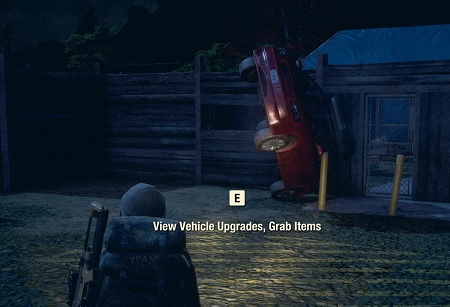



Running a duplicate protein gel and developing with Coomassie stain 5 can help to remove this uncertainty as it will show the amount of total protein 6 in each sample lane and can reveal any loading inconsistencies. This could mean that there is twice as much of the target protein in that sample, or it could mean that more sample or a more concentrated sample has been loaded in one lane than the other. For example, when assessing a blot, the band from one sample may appear twice as bright as another sample. It is essential, especially when trying to compare protein expression between different samples, to know how much sample has been loaded as this may not be apparent from the blot alone. It is also important to load appropriate control samples and size marker ladders to enable interpretation of the final blot. Solids will impair the running of the gel and it is likely your protein of interest will remain in the stacking gel. If your protein of interest is in the insoluble fraction (e.g., cell membrane-bound proteins) investigate pretreatment methods to liberate and solubilize it first. For a clean image, samples are centrifuged to remove any solids, in order to load only the soluble fraction. The specific separation method chosen will depend on the aim of the analysis. This is typically achieved by protein electrophoresis, such as sodium dodecyl sulphate–polyacrylamide gel electrophoresis (SDS-PAGE) or native PAGE, which separates proteins based on their molecular weight or charge. Figure 1: Overview of a western blot protocol.īefore a western blot can be performed, the proteins in the sample must be separated.


 0 kommentar(er)
0 kommentar(er)
